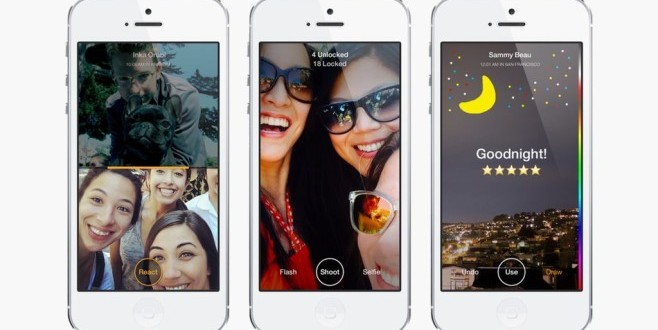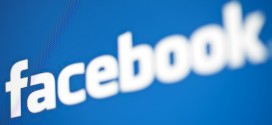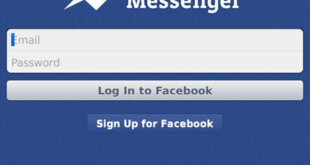Slingshot, Facebook’s answer to the increasingly popular Snapchat, has now launched worldwide. The app was announced on June 18 and was released exclusively in the United States. It is now accessible in all territories and is available to download on iOS and Android. Although Slingshot offers many of the same features as Snapchat it also has a number of unique features.
The biggest difference is that photos that sent to others are locked and are only able to be accessed if the receiver then ‘slings’ a photo back to the sender. Slingshot also allows users to select all of their contacts at once, a feature that Snapchat has not allowed. Much like its rival, it deletes photos after they have been viewed and then removes them from the server where they are hosted after a month. Facebook’s new app also does not notify users if someone has taken a screenshot of their photos. Product designer Joey Flynn explained this by saying: “There are just so many ways to get around it, that it felt disingenuous to have a false sense of security.”
Snapchat was subject to a $3 billion buyout offer from Facebook in November of last year. However, chief executive Evan Spiegel rejected that offer which then prompted Facebook to look into alternatives of their own. Slingshot follows the unsuccessful image sharing app Poke from the social media giant. It was widely seen as a blatant copy of Snapchat with little to differentiate it with its competitor. Facebook has begun to rapidly increase the number of acquisitions it makes. They purchased Instagram for $1 billion in 2012 and are set to complete a $19 billion takeover of WhatsApp in the near future. The company is not just looking to get their hands on social media platforms though, in March it was announce that they had also bought the virtual reality company Oculus VR.
Snapchat is now one of the most popular apps used on smartphones. Analysts estimate it has around 5 million active daily users and can be found on one in every ten mobile phones in the United States. Although it doesn’t see the kind of activity that other messaging apps like WhatsApp do, Snapchat did reveal that it handles over 350 million messages every day.
 Load the Game Video Games, Reviews, Game News, Game Reviews & Game Video Trailers
Load the Game Video Games, Reviews, Game News, Game Reviews & Game Video Trailers



